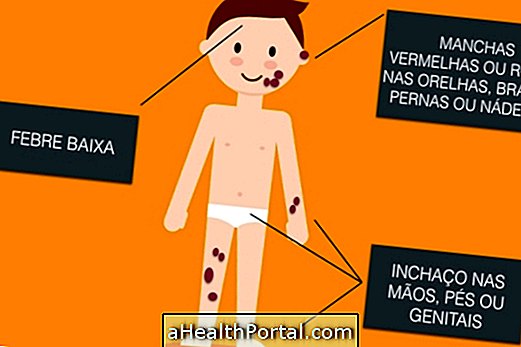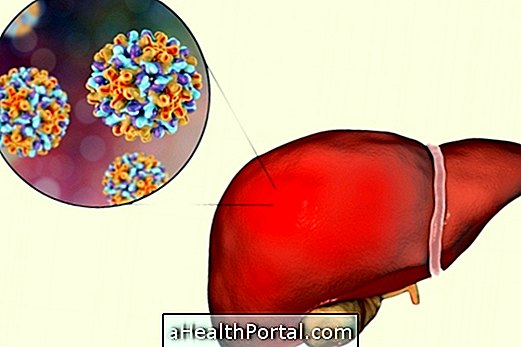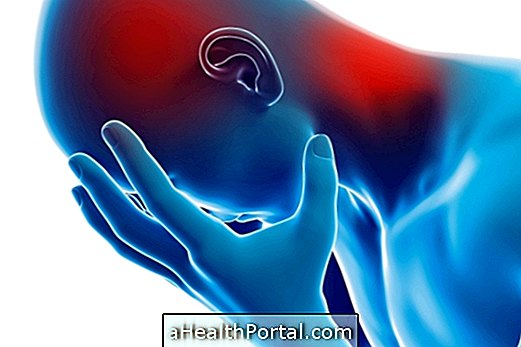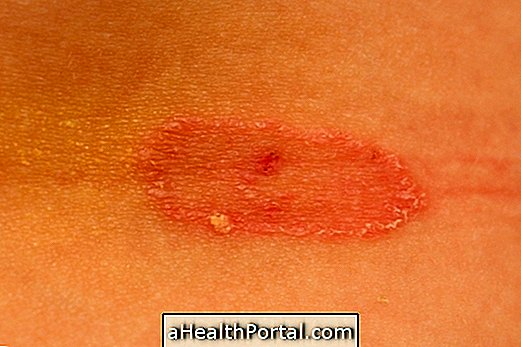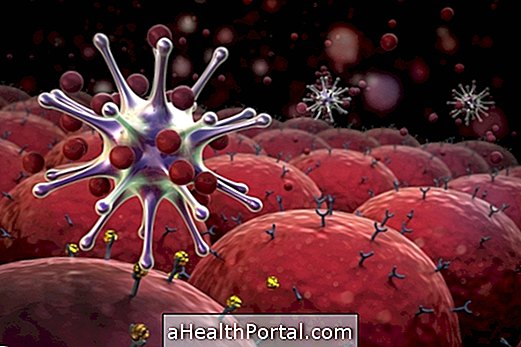Tetra-amelia syndrome is a very rare genetic disease that causes the baby to be born without arms and legs, and may cause other malformations in the skeleton, face, head, heart, lungs, nervous system or genital area.
This genetic change can be diagnosed even during pregnancy and therefore, depending on the severity of the identified malformations, the obstetrician may recommend performing an abortion, since many of these malformations may endanger the baby's life after birth.
Although there is no cure, there are some cases in which the baby is born only with the absence of the four limbs or with mild malformations and in these cases it may be possible to maintain an adequate quality of life.

Main symptoms
In addition to the absence of legs and arms, Tetra-amelia syndrome can cause many other malformations in different parts of the body such as:
Skull and face
- Cataratas;
- Very small eyes;
- Very low or absent ears;
- Nose very out or absent;
- Cleft palate or cleft lip.
Heart and lungs
- Decreased lung size;
- Diaphragm changes;
- Cardiac ventricles not separated;
- Diminution of one side of the heart.
Genitals and urinary tract
- Absence of a kidney;
- Ovaries not well developed;
- Absence of anus, urethra or vagina;
- Presence of a hole under the penis;
- Low genital organs.
Skeleton
- Absence of vertebrae;
- Small or absent hip bones;
- Absence of ribs.
In each case, the malformations presented are different and, therefore, the average life expectancy and risk for life vary from one child to another.
However, people affected within the same family usually have very similar malformations.
Why does the syndrome happen?
There is still no specific cause for all cases of Tetra-amelia syndrome, but there are many cases in which the disease occurs through a mutation in the WNT3 gene.
The WNT3 gene is responsible for producing a protein important for the development of limbs and other body systems during gestation. Thus, if a change in this gene arises, the protein is not produced, resulting in the absence of arms and legs, as well as other malformations related to lack of development.
How is the treatment done?
There is no specific treatment for Tetra-amelia syndrome, and in most cases the baby does not survive more than a few days or months after birth due to malformations that impede its growth and development.
However, in cases where the child survives, treatment usually goes through surgeries to correct some of the malformations presented and improve the quality of life. For the absence of limbs, special wheelchairs are usually used, moved by movements of the head, mouth or tongue, for example.
In almost all cases, it is necessary to help other people to perform daily life activities, but some difficulties and obstacles can be overcome with occupational therapy sessions, even people with the syndrome who can move around without the use of Wheelchair.





